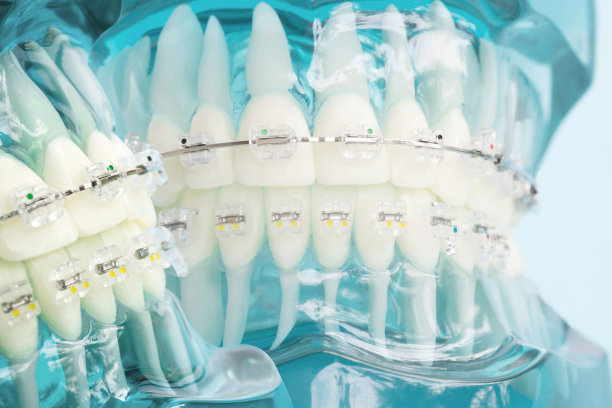Navigating the Journey of Extracting a Tooth What to Expect Before During and After the Procedure
Summary: Extracting a tooth can be a daunting experience, but understanding what to anticipate can significantly alleviate anxiety. This article outlines the journey from pre-procedure preparations to the actual extraction and post-operative care. By breaking down the entire process into four main areas—preparation, procedure, immediate recovery, and long-term care—we aim to equip patients with the necessary knowledge. We will discuss what to expect at each stage, the importance of following professional advice, and potential recovery challenges. With this comprehensive guide, patients can feel more in control and prepared for their dental extraction journey.
1. Preparing for Your Tooth Extraction

Before undergoing a tooth extraction, proper preparation is key to ensuring a smooth experience. Patients should first have a thorough consultation with their dentist, who will evaluate the tooth in question and discuss the necessity of the extraction. During this appointment, patients are encouraged to ask any questions they may have about the procedure, including its risks and benefits.
In addition to dental evaluation, patients may have to undergo imaging, such as X-rays, to provide the dentist with a clearer view of the tooths root structure and surrounding bone. This step is crucial as it will help determine the best extraction method for the specific case.
An integral part of preparation is discussing the patient’s medical history, including any medications that could affect the procedure. Certain blood thinners or antibiotics may need to be adjusted before the extraction. Patients should also take the day off if necessary and arrange for transportation, as they may be under sedation after the procedure.
2. Understanding the Extraction Procedure
On the day of the extraction, understanding what to expect can greatly ease apprehension. Patients will typically begin the process in the dental office where they will meet with the oral surgeon or dentist. Depending on the complexity of the extraction, sedation options like local anesthesia, nitrous oxide, or general anesthesia might be discussed and administered.
Once comfortable, the dentist will begin the extraction, which involves loosening the tooth from its socket using specific tools. For simple extractions, the tooth may come out easily; however, for impacted teeth, such as wisdom teeth, incisions may be necessary, and the procedure could be longer.
Throughout the procedure, the dental team will monitor the patients comfort and well-being. Upon completion, they will provide post-operative instructions along with any prescribed medications, ensuring the patient has everything needed for a successful recovery.
3. Immediate Recovery After Tooth Extraction
After the tooth has been extracted, patients will enter a recovery phase, which is critical for healing. The first instructions often involve biting down on a gauze pad for 30 to 60 minutes to control bleeding. Its essential to follow these directions precisely to minimize complications.
During the first 24 hours, patients should avoid strenuous activities and follow specific dietary guidelines. Soft foods and liquids are recommended while the extraction site is healing. Adequate hydration is important, and patients should avoid using straws, as suction can dislodge the blood clot and lead to dry socket.
Managing pain and swelling is also a key part of immediate recovery. Over-the-counter pain relievers or prescribed medications can help alleviate discomfort. Ice packs can be applied to the outside of the jaw to reduce swelling. Monitoring for any unusual symptoms, such as excessive bleeding or severe pain, is crucial, and any concerns should promptly be communicated to a healthcare provider.
4. Long-term Care and Follow-up
Long-term care after a tooth extraction is vital for complete healing, both of the extraction site and overall dental health. Following the initial healing phase, its important for patients to maintain good oral hygiene while being gentle around the extraction area. Regular brushing and rinsing with salt water can help keep the area clean and free from infection.
Additionally, patients should schedule a follow-up appointment with their dentist to ensure that healing is progressing as expected. This visit allows the dentist to assess the extraction site and address any lingering issues, ensuring that the patient is on the right track for recovery.
Moreover, discussing any future dental treatment options is crucial following the extraction. Replacing a missing tooth with implants, bridges, or dentures can be part of the long-term plan to maintain oral function and aesthetics.
Summary:
Tooth extraction is a multifaceted process that encompasses preparation, the procedure itself, immediate recovery, and long-term care. By understanding each stage thoroughly, patients can navigate their dental journey with confidence and clarity. Preparation involves consultations and medical considerations, while the procedure requires understanding the methods and potential discomfort. Post-extraction care, including managing pain and ensuring proper healing, lays the groundwork for a successful recovery. Finally, follow-up appointments and discussions about future dental options are essential for ongoing health and well-being.
This article is compiled by Vickong Dental and the content is for reference only



